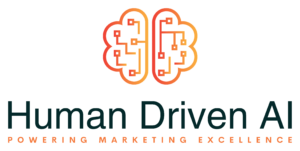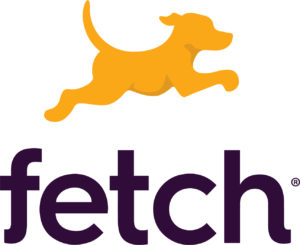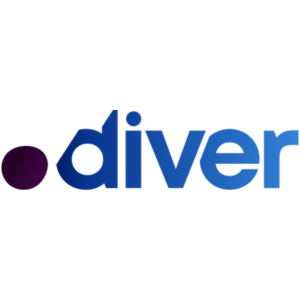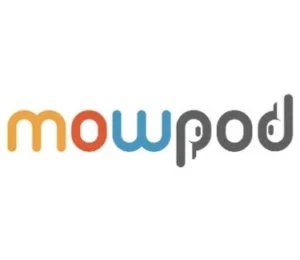Digital vs the human of ABM — Jon Miller // Demandbase
Jon Miller
Demandbase
- Part 1Marketing’s role in shaping overall corporate strategy — Jon Miller // Demandbase
- Part 2 Digital vs the human of ABM — Jon Miller // Demandbase
Show Notes
Quotes
-
“One of the great things about ABM is when we focus on a smaller market, it lets us bring more of the human touch into the equation. Emails are a perfect example. When you think about the typical response rate you get when you send out an email blast from a marketing automation system, people are happy if they get a 2% response rate. The point is, when you send an email blast, people are generally not going to respond, that’s the base expectation. But if I send you an email as a human, the general expectation is, more often than not, somebody is going to respond. You get better rates with a human touch. When you can focus your efforts on smaller accounts you can bring in these higher transactions.” - Jon“What you’re doing is middle tier level of human. It’s coming from a person and likely to get less hit by a spam filter and that’s going to give you more advantages. But to me where the real magic happens is actually when you can bring a level of personalization and letting the recipient know that this isn’t a mass thing.” - Jon“At Engagio, we used to send different levels of packages to different kinds of customers. For lower tier accounts, we tend to a generic package. We would get 15 to 20% response rates. For super strategic accounts though, we go and research the person and the company in what they like and we were looking at 80% response rates. Sometimes it’s cutesy but it sends the person that we paid attention to you. That stands out in this market.” - Jon“What I’m trying to say is, do the things that don’t scale partly because they don’t scale. The text that doesn't scale sends to the buyer a signal that you are special and you’re kind of standing out. Your tier 3 and 4, the five-figure deals and so on, you’re not going to support that level of expense and customization for them. There are too many of them and frankly, there are not too many ROIs in there. So it’s all about that tiering and entitlements and getting that right.” - Jon“It seems like the takeaway here is a little bit of a gifting strategy whether its content analysis or books, depending on the tier, you’re kind of figuring how much to give away. There is also the resource component where you’re thinking about executing an ABM strategy, obviously there’s a technology solution that we should talk about and there’s also the headcount.” - Ben“I think the top tiers of ABM can be somewhat human-intensive more than they are program-intensive. If you want to do the $5 million dollar, everything is bespoke, and the biggest companies are practicing it, those ABM marketers are handling an average of four accounts. When you move down the tiers of the more scalable ones and technology can play a bigger role, obviously, marketers are handling bigger and bigger sets of accounts.” - Jon“Every company that has deals that are above $25,000 dollars a year should think about ABM. The question is, when do you need the technology to support the ABM strategy and that’s when I think you have achieved some level of scale where it literally just can’t be done by people.” - Jon“This is a real rough rule of thumb but when a company is about $25 million of revenue, that’s when we say their level of ABM is complex enough that technology is going to make a big impact.” - Jon“The whole idea of intent data is probably one of the most exciting things that is happening in the ABM these days. Intent data is the ability to know what topics a company is researching and looking at, out in the open web and then using those signals to kind of know which companies might be actually in the market and looking for your solutions or products now.” - Jon“The reason why intent data is so interesting is it takes the prioritization problem that we’re talking about and really focuses it on the hottest accounts. Put another way, we can’t be human and personalize higher development if I have a target list of a thousand accounts.” - Jon
- Part 1Marketing’s role in shaping overall corporate strategy — Jon Miller // Demandbase
- Part 2 Digital vs the human of ABM — Jon Miller // Demandbase
Jon Miller
Demandbase
Up Next:
-
Part 1Marketing’s role in shaping overall corporate strategy — Jon Miller // Demandbase
In part one of our episode with Jon Miller, we talked about how ABM is different than just great targeting as it takes personalization on a next level, and why it’s important to know that it is a strategy, a way of doing business and not just a campaign. Why CMOs should be with the First Team influencing corporate decisions and why technology should be an enabler of a strategy and not the other way around was also explored and tackled.
Play Podcast -
Part 2Digital vs the human of ABM — Jon Miller // Demandbase
In part two of talking to Jon, we talked about the benefits of having a human dynamic in the ABM strategy, what are the types of personalization proven effective based on having a tiered process, why the top tier of ABM should be human intensive, and when to integrate a technology to support the ABM strategy.










